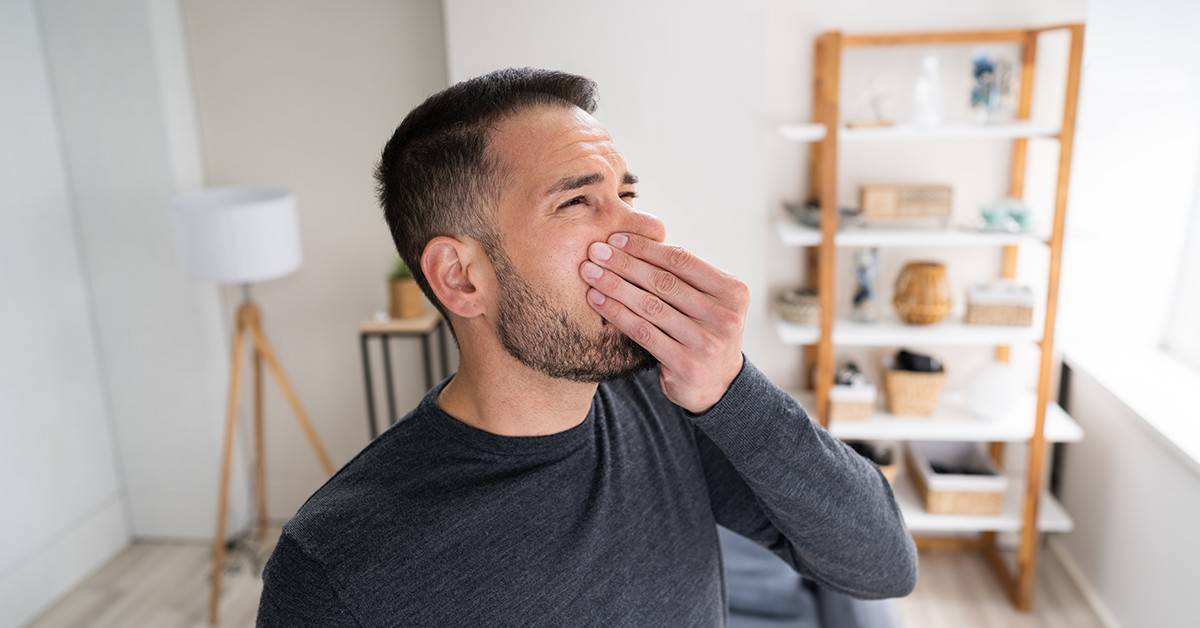Blog
Formaldehyde Smell Solutions: How to Eliminate the Odor
Formaldehyde smell is a common concern for many people, especially in homes, offices, or new products like furniture and clothing. This strong, chemical odor can be bothersome and even harmful when inhaled over time. In this article, we’ll explore what formaldehyde smell is, where it comes from, and how you can effectively eliminate it.
What Is Formaldehyde?
Formaldehyde is a colorless gas with a strong odor that is often used in the production of building materials and household products. It can be found in things like wood products, glues, and certain fabrics. Because of its widespread use, formaldehyde smell can easily linger in the air, especially in poorly ventilated spaces.
Formaldehyde smell is also common in newly manufactured items such as furniture, carpets, and even clothing. The gas is slowly released from these products, causing the characteristic formaldehyde smell to fill the room.
Why Does Formaldehyde Smell So Strong?
The formaldehyde smell is particularly noticeable because formaldehyde is a volatile organic compound (VOC). VOCs evaporate easily into the air, which is why the smell is so strong, especially in enclosed spaces. Additionally, formaldehyde is known for its irritating effect on the eyes, nose, and throat, making the smell even more unpleasant.

Common Sources of Formaldehyde Smell
Understanding where formaldehyde smell comes from is essential for tackling the issue effectively. Some of the most common sources of formaldehyde in homes and buildings include:
- Pressed Wood Products: Items like particleboard, plywood, and fiberboard can release over time, causing a lingering smell.
- New Furniture and Carpeting: Many new household items are treated with formaldehyde-based resins to preserve their appearance and durability.
- Clothing and Fabrics: Some textiles, especially wrinkle-free fabrics, are often treated with formaldehyde to maintain their shape.
- Household Cleaners and Disinfectants: Certain cleaners and disinfectants contain formaldehyde, which can add to the overall smell in your home.
How Does Formaldehyde Smell Affect Health?
Exposure to formaldehyde can cause various health problems, particularly if the exposure is long-term or if the levels of formaldehyde are high. Common symptoms of exposure to formaldehyde include:
- Eye, nose, and throat irritation
- Coughing and wheezing
- Skin irritation
- Headaches
- Fatigue
In more severe cases, long-term exposure to formaldehyde has been linked to certain types of cancer. That’s why it’s essential to minimize your exposure to formaldehyde, especially in your home or workplace.
How to Reduce and Eliminate Formaldehyde Smell
If you notice formaldehyde in your home or office, there are several steps you can take to reduce and eliminate it. Here are some effective methods to get rid of the formaldehyde:
1. Increase Ventilation
One of the easiest ways to get rid of formaldehyde is by increasing ventilation in your home or workspace. Open windows and doors to allow fresh air to circulate, which can help disperse the formaldehyde gas. Using fans can also help improve air circulation.
2. Use Air Purifiers
Air purifiers equipped with activated carbon filters are excellent at absorbing formaldehyde and reducing the formaldehyde. These filters are specifically designed to capture gases and odors, making them a perfect solution for dealing with formaldehyde.
3. Avoid VOC Products
Switching to products that are low in VOCs or free of formaldehyde is a great way to prevent formaldehyde in the first place. When shopping for furniture, fabrics, or cleaning supplies, look for items labeled as “formaldehyde-free” or “low-VOC.”
4. Use Houseplants
Certain houseplants, like the spider plant or aloe vera, are known for their air-purifying properties. These plants can help absorb formaldehyde and other harmful chemicals from the air, reducing the formaldehyde in your home.
5. Wash New Fabrics
Washing new clothes, curtains, or other fabric items can help remove formaldehyde residues. Use mild detergents and let the items air dry outdoors whenever possible to reduce the formaldehyde.
6. Seal Off Sources of Formaldehyde
For more permanent solutions, consider sealing wood products and other formaldehyde-emitting materials with a formaldehyde sealant. This can help prevent the gas from being released into the air and minimize the formaldehyde.
When to Seek Professional Help
If the formaldehyde smell persists despite your efforts, it might be time to consult a professional. Professionals can measure the levels of in your home or office and suggest the best course of action for eliminating the smell.
Book a free consultation session with Our Expert today to assess your indoor air quality and help you remove formaldehyde from your environment!
How Long Does Formaldehyde Smell Last?
The duration of the formaldehyde largely depends on the source of the formaldehyde and how well-ventilated your space is. In general, new items such as furniture and carpets can emit formaldehyde for several months, though the may lessen over time. Proper ventilation, the use of air purifiers, and other removal methods can speed up the process.
Preventing Formaldehyde Smell in the Future
To prevent formaldehyde smell from becoming a recurring issue, consider the following steps:
- Purchase products that are free of formaldehyde or have low levels of VOCs.
- Increase ventilation whenever you bring new furniture, carpeting, or other household items into your home.
- Use air purifiers regularly, especially in spaces where new items are present.
- Wash fabrics and textiles before using them to reduce formaldehyde emissions.
By taking these precautions, you can significantly reduce formaldehyde and create a healthier living environment.
Final Thoughts on Formaldehyde Smell
Dealing with formaldehyde can be challenging, but understanding its sources and how to eliminate it can greatly improve your indoor air quality. Whether you’re dealing with new furniture, carpeting, or fabrics, taking steps to ventilate your space and purify the air will help reduce formaldehyde and protect your health.
